What Are Dramatic Techniques?
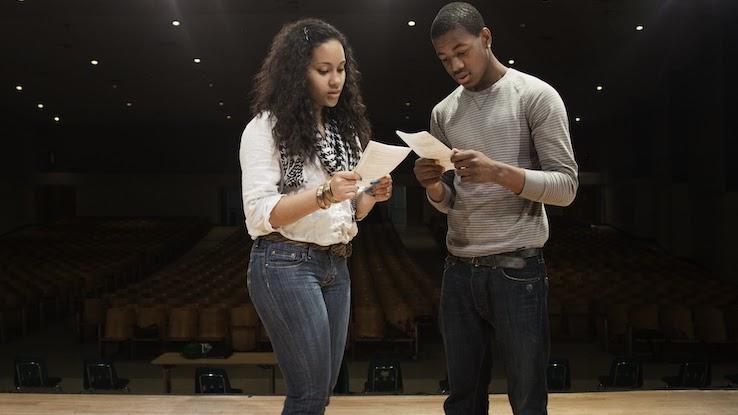
Dramatic techniques encompass both literary devices and staging elements and, more often than not, are implemented by playwrights, directors, and stage managers. According to David Farmer of Drama Resource, a playwright, for example, uses dramatic techniques to enhance the emotional, aural, and visual experience of the audience — and to underline a work’s meaning. Moreover, knowing the dramatic style of a given work helps guide the on-stage performance.
Different Types of Drama Styles
There are several different types of drama. Some of the major ones include comedy, tragedy, tragicomedy, and melodrama. Comedies, for starters, are humorous by nature, and a good comedy often employs clever wordplay, comical misunderstandings, and silly characters. A popular example? William Shakespeare’s Much Ado About Nothing.

On the opposite side of the spectrum, we have tragedy. In addition to a tragic ending, these types of plays often showcase the gradual downfall of a well-liked protagonist. Often, there are darker themes at play, like jealousy, guilt or revenge. Shakespeare’s Macbeth would fall into this category.
Meanwhile, a tragicomedy is just what it sounds like — a perfect mix of comedy and tragedy. Much like in tragedies, there are flawed characters, but, often, the serious plot is punctuated by humorous elements. And, usually, characters avoid completely tragic endings. To use Shakespeare again, The Merchant of Venice is a popular tragicomedy.
Finally, melodramas are serious, generally over-the-top stories filled with heroes and villains. Often, these works center on romance or other slice-of-life circumstances — but, unlike the other dramatic forms, melodramas employ both happy and sad endings in fairly equal measure. One of the most influential melodramas is Jean Jacques Rousseau’s enduring play Pygmalion.
List of Dramatic Techniques
So, what are dramatic techniques, exactly? In short, the “elements of drama are the ingredients that give the work its shape and character. Additionally, in order to keep readers and viewers engaged, literature, plays, TV shows and movies employ dramatic techniques.
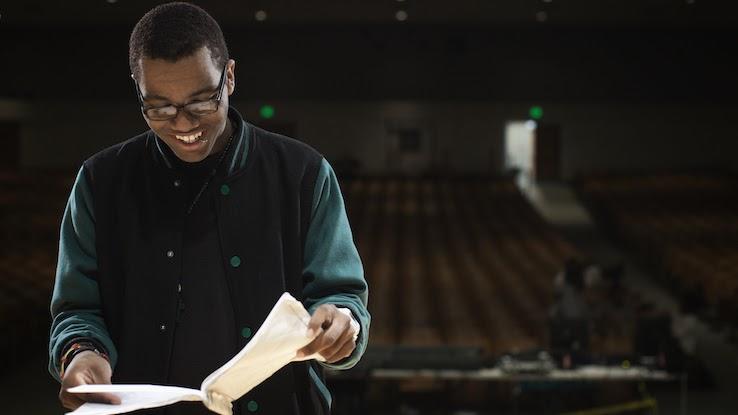
For example, a stage actor may give a soliloquy — a.k.a. a monologue that highlights a character’s inner thoughts. In a TV show, a writer may add in voice-over narration to give more insight into the story or character’s mind without implicating other characters. From physical acts a performer might take to literary devices employed on the page, dramatic techniques encompass an array of elements. Some other techniques employed in dramatic works on stage include miming, choral work, farce, satire, dance, and more.
Dramatic Techniques in Literature
In works of literature, dramatic techniques add layers of meaning to a story. Some of those literary devices include conflict, cliffhangers, foreshadowing, imagery, and themes. Conflict, for starters, is one of the most popular techniques because it is the central point of tension in a story, one that helps reveal a deeper meaning in a given narrative.
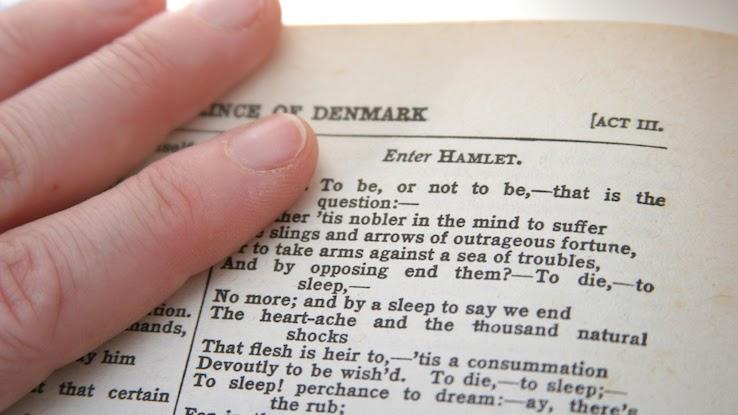
Imagery helps a reader picture the story, while cliffhangers and foreshadowing keep readers intrigued. Although it has the potential to disappoint, a cliffhanger draws readers further along, and foreshadowing, a hint of something that will recur later on, helps readers feel more engaged and implicated in the narrative. Similarly, plot twists, or sudden, unexpected changes, can have a similar, engaging effect.
Dramatic Techniques in Plays
Plays are often broken up into different acts, with many contemporary plays leaning into a two-act structure. Shakespeare, famously, used a five-act structure. No matter what a playwright lands on, the number of acts will impact a play’s pacing, among other things.
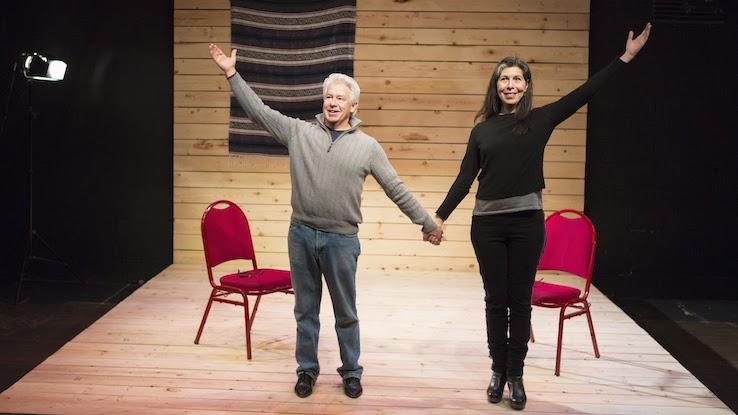
Since the times of ancient Greek drama, plays have used choruses — or a group of characters who comment on what’s going on in the play. A chorus can help narrate and clarify what’s happening onstage, or point viewers toward certain themes, ideas or conclusions. As you can imagine, dialogue also matters quite a bit in a play. How characters speak is key, as is what information they know and convey. Word choice can immediately paint a picture of a certain character or even convey a play’s tone.
Related, monologues — long, uninterrupted speeches given in the presence of other characters on stage — help characters get their innermost thoughts and feelings across. This, of course, is different from an aside, which sees a character “breaking the fourth wall” and directly addressing the audience, often to provide insight or humor. Finally, musical theater, or plays that incorporate song and dance, can often prove to be a more effective means of conveying certain stories.
Dramatic Techniques in Acting
Actors on stage — or in movies and TV shows — have the responsibility of bringing written words to life for audiences. To be convincing, one must display dynamic talent, engage in a lot of hard work and rehearsing, and employ a multitude of dramatic techniques.
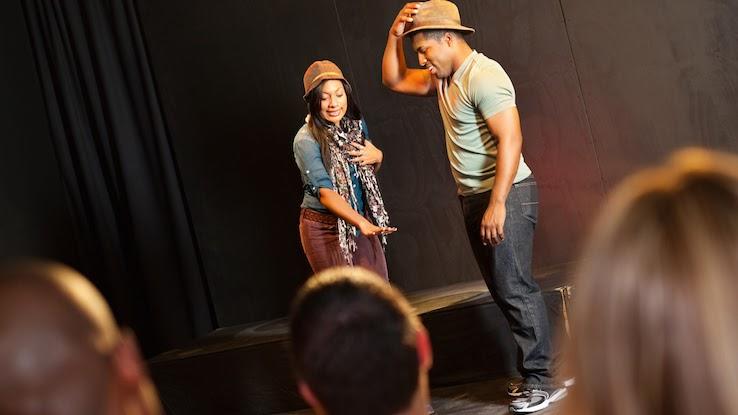
For example, vocal dynamics are vital when it comes to acting. Actors must deliver lines in a way that accurately portrays a character and their feelings. Therefore, they may need to work on their vocal projection, tone, and pronunciation — or, in some cases, even learn new accents and slang in order to give a convincing performance. Moreover, body language matters for the same reason: certain postures, facial expressions, and gestures can really make or break a performance.
Movement also extends to how an actor walks (or dances) across the stage. Since hitting the right marks matters, blocking helps actors become more aware of their movements the space they’re working in. When it comes to dancing, fighting or other more physical scenes, choreography will be employed.
Finally, another great technique in any actor’s tool belt is improvisation. Although we often associate improv with comedians, dramatic actors can showcase their improv skills if, say, a castmate forgets a line. Delivering an impromptu line can help jog a castmate’s memory, or at least keep the show moving without the audience feeling as though someone’s forgetfulness has broken the onstage illusion. After all, no actor wants to see an audience member snap back to reality and out of the story that’s unfolding mid-performance.





